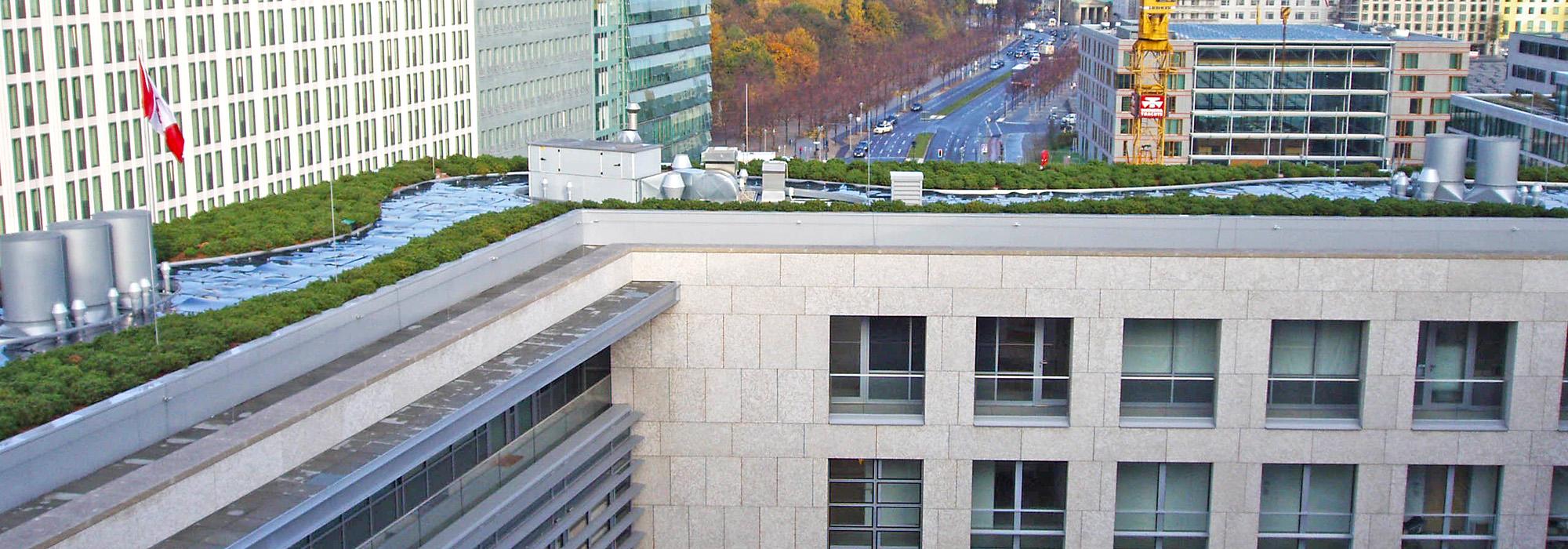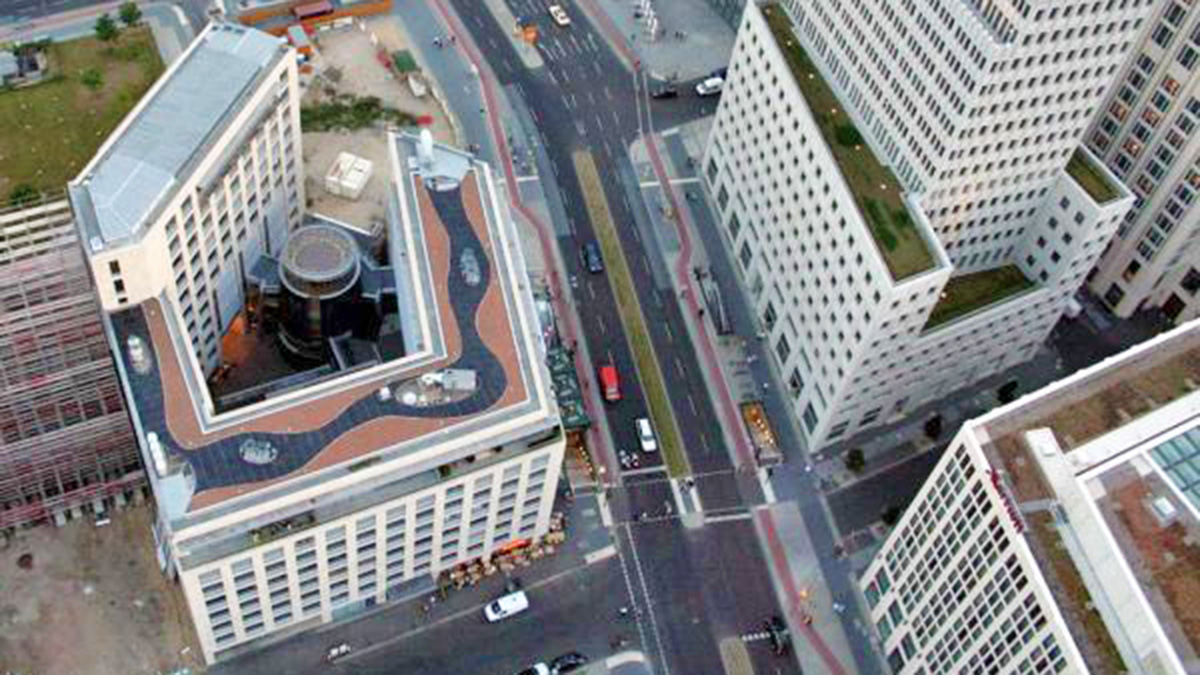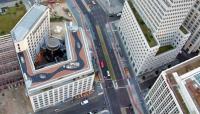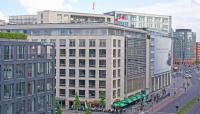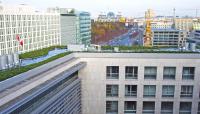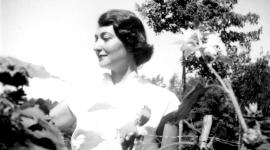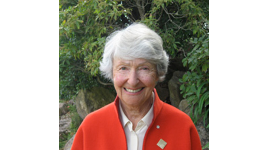Signifying a new era of diplomatic relations between Canada and a reunified Germany, the embassy opened in 2005 near Potsdamer Platz. Constructed near a remaining portion of the Berlin Wall, the building forms part of a section of the octagonal walls enclosing the reconstructed Leipziger Platz, a public square that was destroyed during World War II and remained in its diminished state during the Cold War. Ultimately revitalized as part of the city’s post-reunification redevelopment efforts, the embassy’s competition-winning design was created by Kuwabara, Payne McKenna, Blumberg Architects; Gagnon Letellier Cyr Architects; Smith Carter Architects + Engineers; and German-born Canadian landscape architect Cornelia Hahn Oberlander. With its stone façade and green roofs, the project complied with the strict aesthetic requirements governing new architecture in downtown Berlin.
Noted for its references to the Canadian landscape, the embassy was built using stone and wood found naturally in Manitoba, Quebec, and British Columbia, and it features various art installations e portraying symbolic aspects of the nation’s culture and environment, including a bronze canoe, The river as thread, the canoe as needle by John McEwen and an aluminum and dichroic glass compass, known as North, by Adrian Göllner. Abstracting the color and form of the Mackenzie River, the green roof, designed by Oberlander, renders Canada’s longest waterway in black glass, with more than 300 glass panels symbolizing a “stream” that meanders over three sides of the pentagonal building. Surrounded by a palette of low-maintenance groundcover pines intended to evoke a Canadian forest, the glass reflects the changing color of the sky. Spaces between the panels allow rainwater to drain into a basement cistern, where it is then recycled for on-site use. Although it is not accessible to the public, the seventh-story roof is visible from offices on higher floors. Several stories below, a shaded green roof above an auditorium features diagonal stripes of alternating light granite and dark shrubs, while an adjacent green wall comprises plantings of American bittersweet. Both overlook the so-called “Northwest Passage,” a central open walkway that allows pedestrians to move freely between the street and Leipziger Platz.



